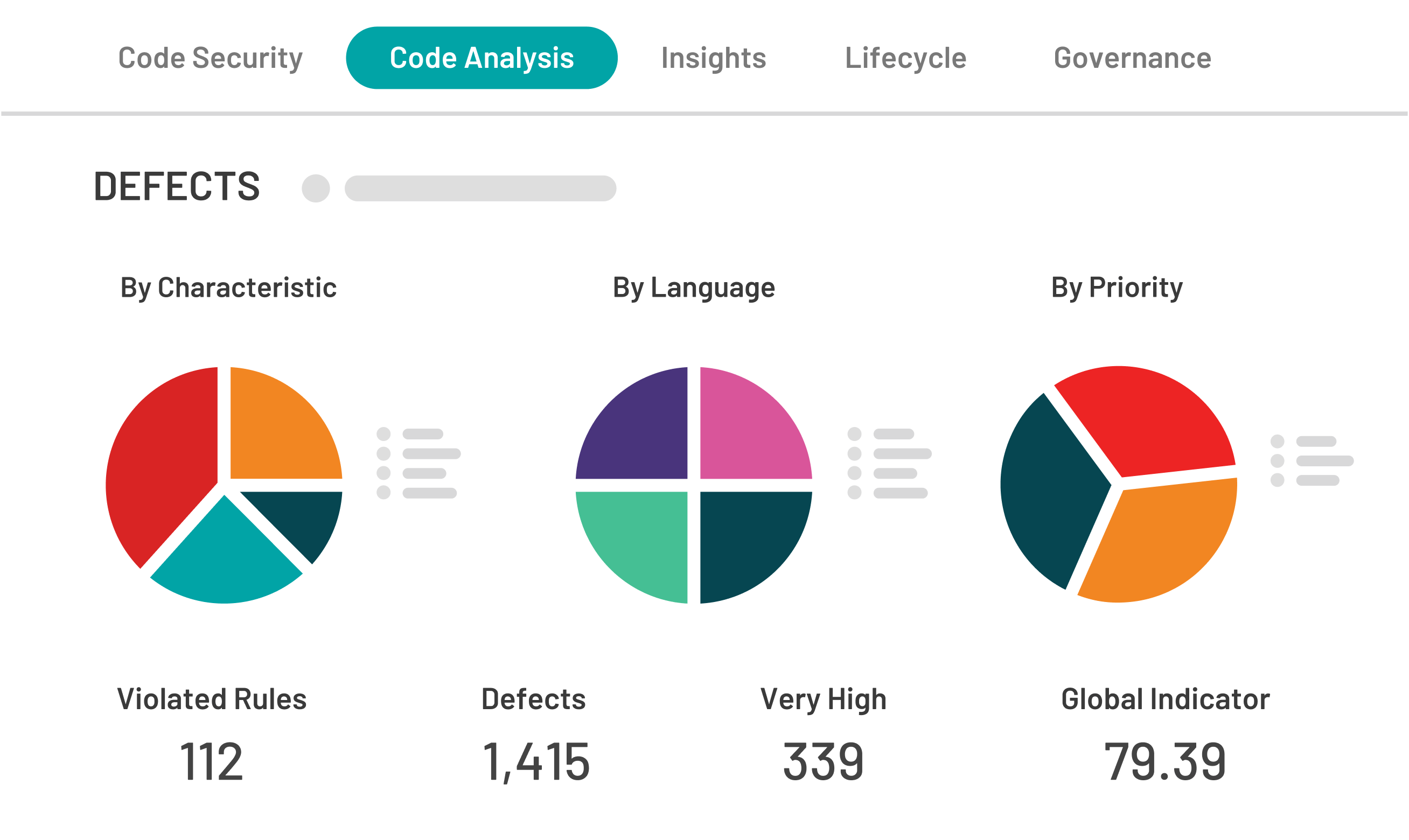

In the early model of software development, departments and stages were siloed, and tasks were completed independently. In this waterfall method, a clearly defined and well-structured process for software development was laid out before developers wrote the first line of code. While this method provided a clear schedule, it was too inflexible to respond to complex requirements or adapt to changes. If developers discovered halfway through a project that the customers were clamoring for a feature they hadn’t included, there was no option to make adjustments.
This inflexible approach gave way to the DevOps model, which included continuous integration and delivery (CI/CD). This method integrates development and operations to create a more agile approach to development. DevOps aims to increase the quality and speed of delivery of software products. DevOps created a more integrated approach, allowing developers to incorporate feedback and develop better applications. However, security was still primarily addressed at the end of the software lifecycle, shortly before deployment.
DevSecOps further breaks down silos and integrates security at the earliest stages. Security is considered everyone’s responsibility in DevSecOps. This innovative model lets developers adapt and respond to new security threats and market and consumer trends. Here are five ways DevSecOps is changing the security lifecycle.
DevSecOps promotes a shift-left approach that integrates security in the early phase of the software development lifecycle. This approach considers security concerns from the initial design phase. Right from conception, developers can plan to implement secure practices such as least privilege and secure defaults to protect sensitive data.
Shift left also includes continuous feedback loops regarding code security and quality. With this feedback, developers can mitigate security concerns and vulnerabilities as soon as they’re discovered. Cross-functional teams include input from development, security, and operations. By necessity, this close collaboration requires educating everyone on the importance of best practices in security. DevSecOps creates an organization-wide security culture that reduces the risk of cyber threats and data breaches.
A major element of the DevSecOps model is automated security testing. Code scanning tools are integrated into the development environment so the codebase can be tested for security issues at every point. Some types of automated security testing included in DevSecOps are:
The faster an organization can respond to a cyberattack, the less damage it will cause. DevSecOps emphasizes continuous monitoring so security teams can detect and mitigate security threats, compliance violations, and performance issues.
Automated tools monitor and issue alerts if there are anomalies in any of the following areas:
If monitoring tools detect issues in any of these areas, they send alerts or take action, such as blocking access. The incident response team takes action on alerts based on the potential severity and scope of the issue.
An effective incident response plan outlines how the team will respond to different types of incidents in advance. Incident response teams should also practice their response efforts during drills and tabletop exercises so they’re ready to go when an incident occurs. After an incident, the incident response team will discuss the root causes and lessons learned. This approach allows them to build a more resilient security posture and continuously improve based on feedback.
In DevSecOps, security is everyone’s concern, not just the security team’s. Cross-functional teams work together from the beginning, so every department has input throughout the SDLC. The teams share goals and are united to produce secure, high-quality code. Designated security champions on each team promote best practices and guide teams to consider security in every decision. Collaboration extends to CI/CD workflows as well. The DevSecOps method integrates workflows and security checks into the pipeline to promote continuous communication and feedback loops.
Automating as many security functions as possible underlies many elements of DevSecOps. This is expressed through the concept of security as code. Codifying security practices takes a structured approach to managing security. Security policies like firewall rules, access controls, and encryption settings are defined and treated as code. Like code, these policies are kept in version control systems where they’re versioned, updated, and audited.
Treating security like code allows teams to quickly grow and adapt to changing security needs. Development teams can implement new security policies in response to threats or cybersecurity regulations. Codified security policies are consistently applied across all environments to reduce the risks of configuration drift and inconsistencies.
Kiuwan’s code security solutions empower your DevSecOps teams to shift left and include security in every development phase. Our SAST tool checks for common security vulnerabilities and flaws early in the SDLC. Insights (SCA) analyzes your codebase for open-source components, libraries, and dependencies to detect transitive vulnerabilities. Kiuwan’s end-to-end application security platform complies with all major cybersecurity frameworks and supports over 30 programming languages. By integrating with your existing development environment, Kiuwan makes it easy for teams to collaborate. Reach out today to request a free trial.


